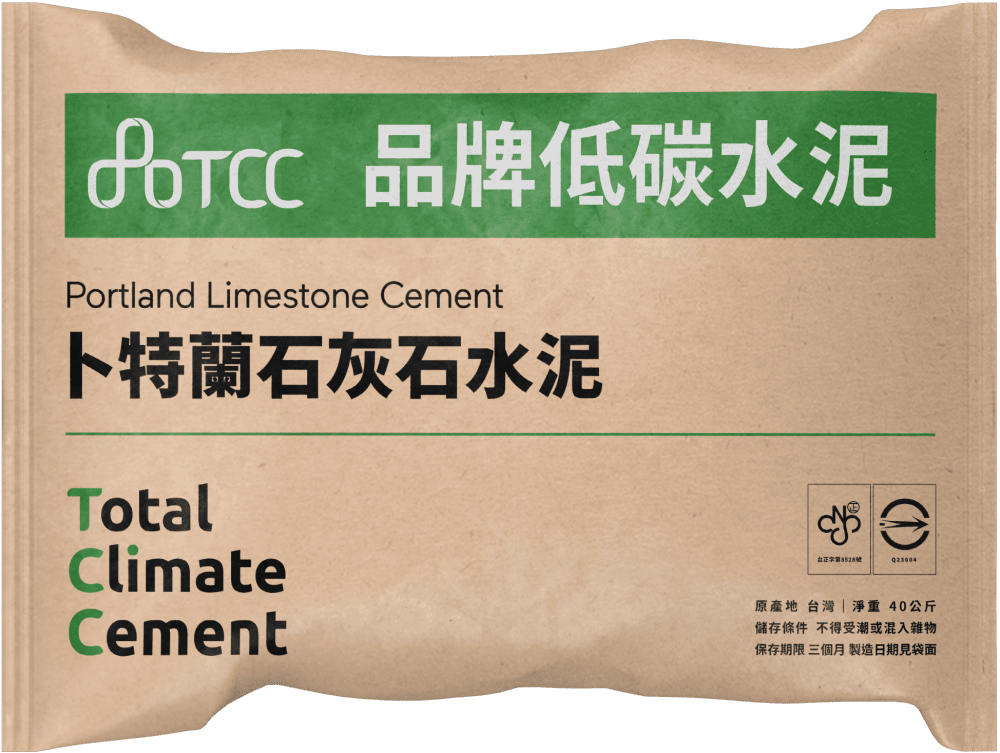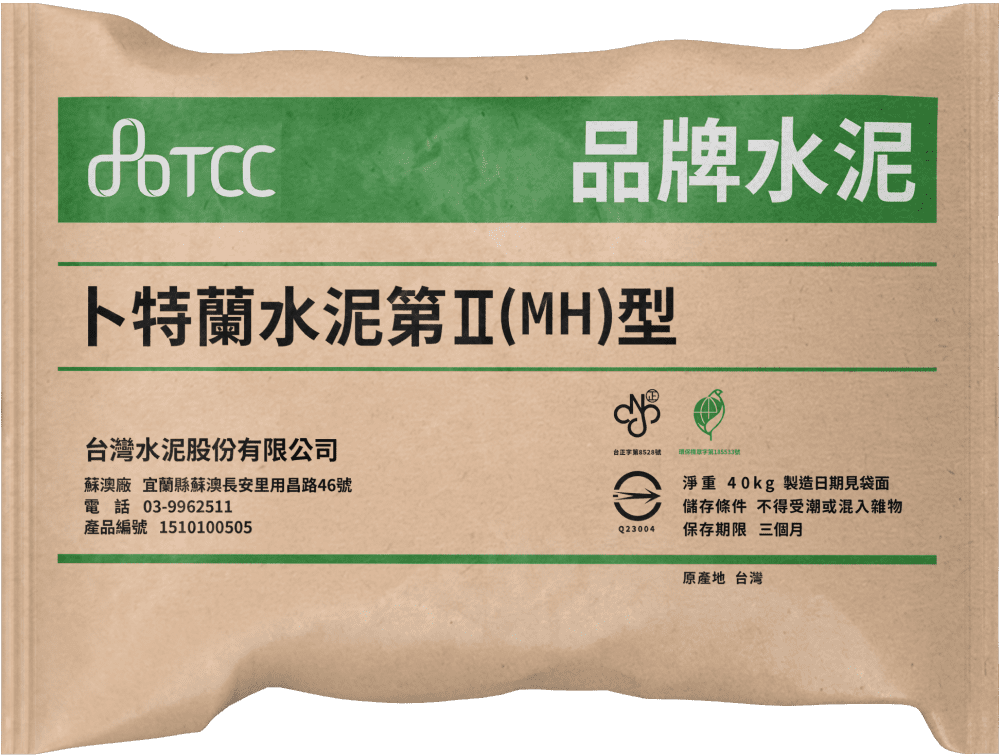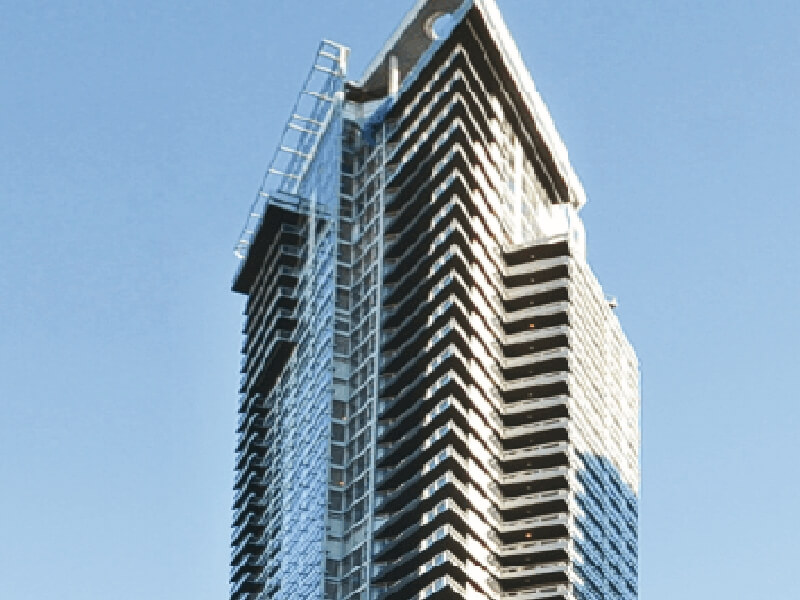Portland Limestone Cement
UN 2024 Emissions Gap Report


The global adoption of low-carbon cement with limestone as a clinker substitute is expected to reduce carbon emissions by 400 million tonnes of CO2e by 2035, making it a cost-effective and impactful solution for carbon reduction.
Low-carbon Products: Reducing Carbon without Reducing Strength
TCC has demonstrated a firm commitment to the strength and safety of low-carbon products. TCC has introduced the "Total Climate" series, which offers low-carbon options without compromising on strength. TCC, targeted corporate plants and offices as well as eco-conscious builders and construction companies, join hands to embrace the era of carbon valuation.
Portland Limestone Type IL Cement

|
Portland Type II (MH) Cement

|
Portland Type I Cement

|
*Carbon reduction base year is 2016.
The Global Adoption of Limestone Cement
Business Inquiry
Domestic Sales Manager of Sales Department
Chen Ke-Hong
886-2-2531-7099 #20509
Sales Manager of the Taipei Plant
Lin Geng-Li
886-2-8691-9518 #238
Sales Manager of the Taichung Plant
Wang Zhi-Hui
886-4-2568-1691 #204
Sales Manager of the Kaohsiung Plant
Liang Yong-Zhong
886-7-349-4062 #48








